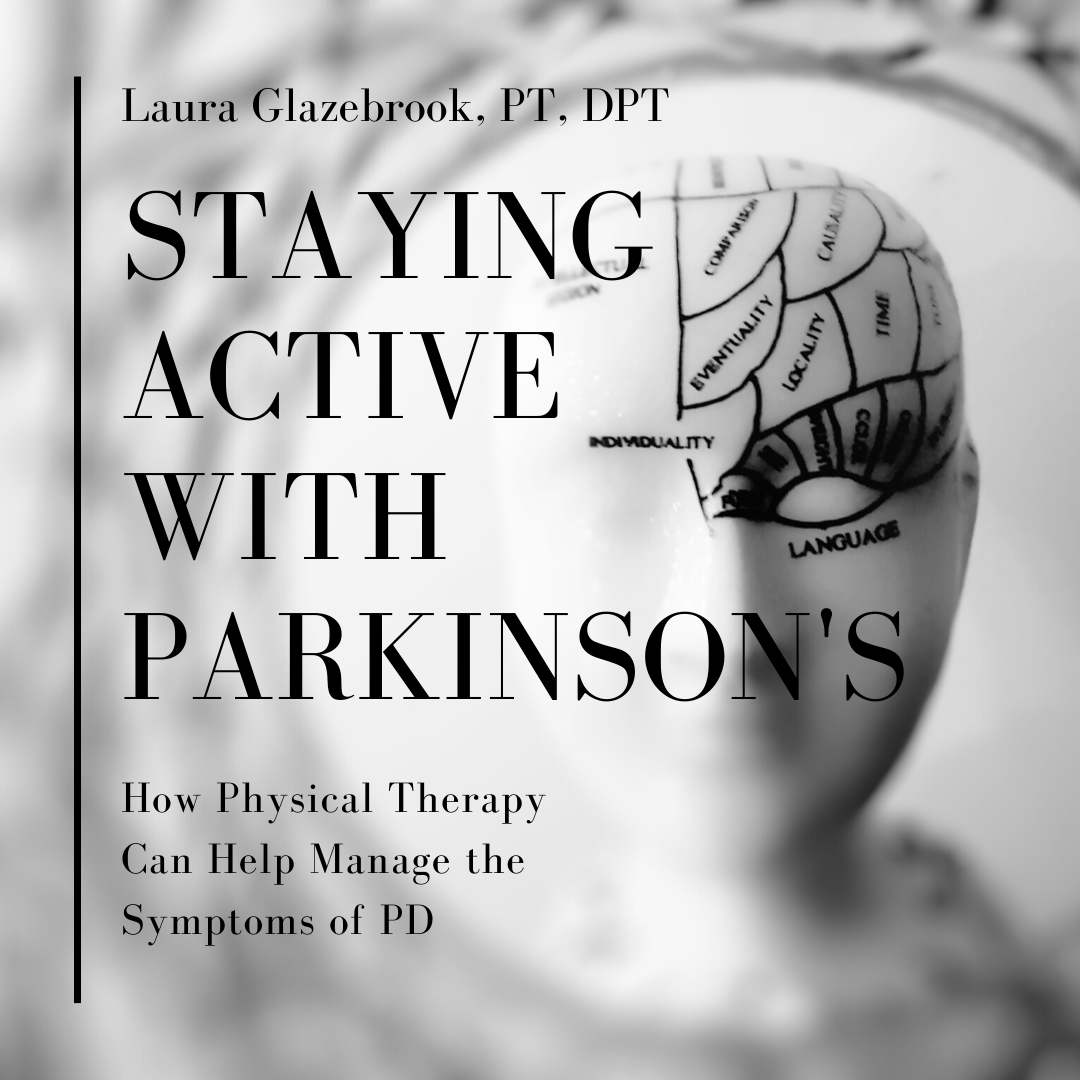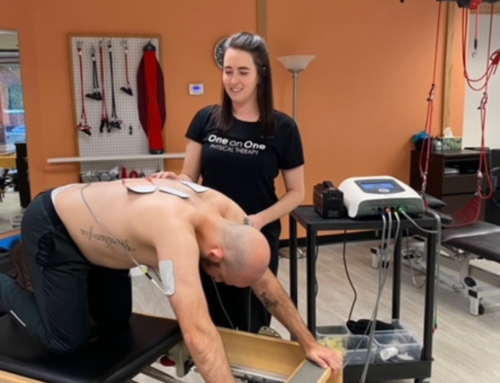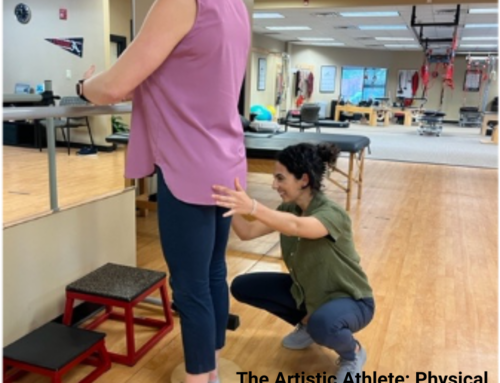Staying Active With Parkinson’s

It’s so hard to generalize how any individual is affected by Parkinson’s Disease (PD) because everyone’s walk can be so different. Due to the nature of the disease, an individual’s needs and challenges may change as it progresses. As a Physical Therapist (PT), we will partner with you to manage your specific needs now… and as your condition changes over time.
Parkinson’s Disease & Physical Therapy
Parkinson’s affects so many areas of life, including motor and non-motor symptoms and Physical Therapy targets these symptoms. Common motor symptoms include: rigidity, postural changes, tremors, muscle weakness, difficulty getting up from a chair, dizziness or fainting, changes in dexterity or handwriting, slowing of movement (bradykinesia), and walking changes such as shuffling gait. PT may also influence non-motor symptoms such as cognitive changes, fatigue, and adapting to vision changes. Frequent falls are a red flag that someone needs a physical therapy evaluation.
Many people benefit from using an assistive device to walk, such as a cane or a walker. If walking and balance are issues for you, we can determine what may be most useful to assist you. If you have difficulty or need physical assistance with your mobility or getting out of a chair, we can develop some strategies to make moving easier.
What Happens in Physical Therapy?
Your PT will complete a thorough evaluation, which includes tests to examine your posture, strength, flexibility, walking quality and endurance, balance and coordination, and dual attention (often called multi-tasking). Based on those findings, we develop an individualized treatment plan to combat those specific symptoms, help you meet your goals, and keep you as active as possible. One hugely important aspect of your program includes exercises and techniques to do DAILY outside of your PT sessions to combat the symptoms of PD. Your treatment may focus on decreasing your risk for falls, improving your fitness level and strength, developing strategies to transfer onto and off of different surfaces, improving your walking quality and endurance, increasing your hand dexterity, to name a few.
Staying Healthy and Slowing Disease Progression
Research shows that physical activity is protective against depression in Parkinson’s disease. An early decline in physical activity is seen following Parkinson’s disease diagnosis. Therefore, staying active can help mitigate the disease process. Recent research suggests the following physical activities can improve gait and slow progression:
- Parkinson’s movement classes
- PD Gladiators, a fitness network offering a variety of classes to improve mobility and stay active
- Tai chi and adaptive yoga
- Low-impact cardio workouts including walking, recumbent biking, elliptical machines, et cetera
The most recent Parkinson’s physical therapy research from 2018 involved a successful 12 month trial with 51 subjects with Parkinson’s Disease. The interventions included daily, low-impact walking using a pedometer and daily exercise using a mobile app. Most importantly, the authors recommend progressive resistance strengthening to overcome bradykinesia (slowed movement that can occur with PD).
How Do We Make The Changes Stick?
- Create specific goals! What are your current challenges? What barriers may be in your way? Make an action plan on how to meet these goals and the steps to being successful.
- Be accountable to a group if possible (PD Gladiators is a GREAT start!). We are more likely to keep consistent if we have a group of friends to socialize with while exercising.
- Create a fitness routine habit that fits into your lifestyle and stage of life. People who are doing the least exercise need the most support!
- Develop your support team, which should include a Physical Therapist! One episode of care for 6 weeks is not enough! You will need bouts of PT over the course of the disease. Preferably every 6 months to a year as a check-up or to adjust your home exercise program.
- Do your research before choosing a PT clinic. Ensure that there is a PT trained in neurological conditions. You will want someone who understands your condition.
Why One on One Physical Therapy?
Consider seeing a physical therapist in a non-traditional PT setting. The benefit of seeing the PTs at One on One PT is that you receive an uninterrupted 60 minutes with the PT. You don’t have to share your appointment with other people. Most importantly, we can be more effective with our time and will create a tailored program to meet your specific needs. As a result, you can start seeing gains quicker than you may with a traditional PT clinic.
In summary, Parkinson’s Disease is multifaceted, therefore, following the tips listed above can drastically improve your quality of life and keep you active longer. Staying healthy is important for all of us, and planning for success with a positive outlook is crucial. If you need a PT as a part of your healthcare team, call us to help you on your journey to total body wellness!
Sources:
Managing Parkinson’s — Parkinson Foundation
Tai chi improving balance in PD – American Physical Therapy Association
Exercise reducing depression in PD – American Physical Therapy Association
Exercise intervention modifying PD progression – Combined Sections Meeting 2019






